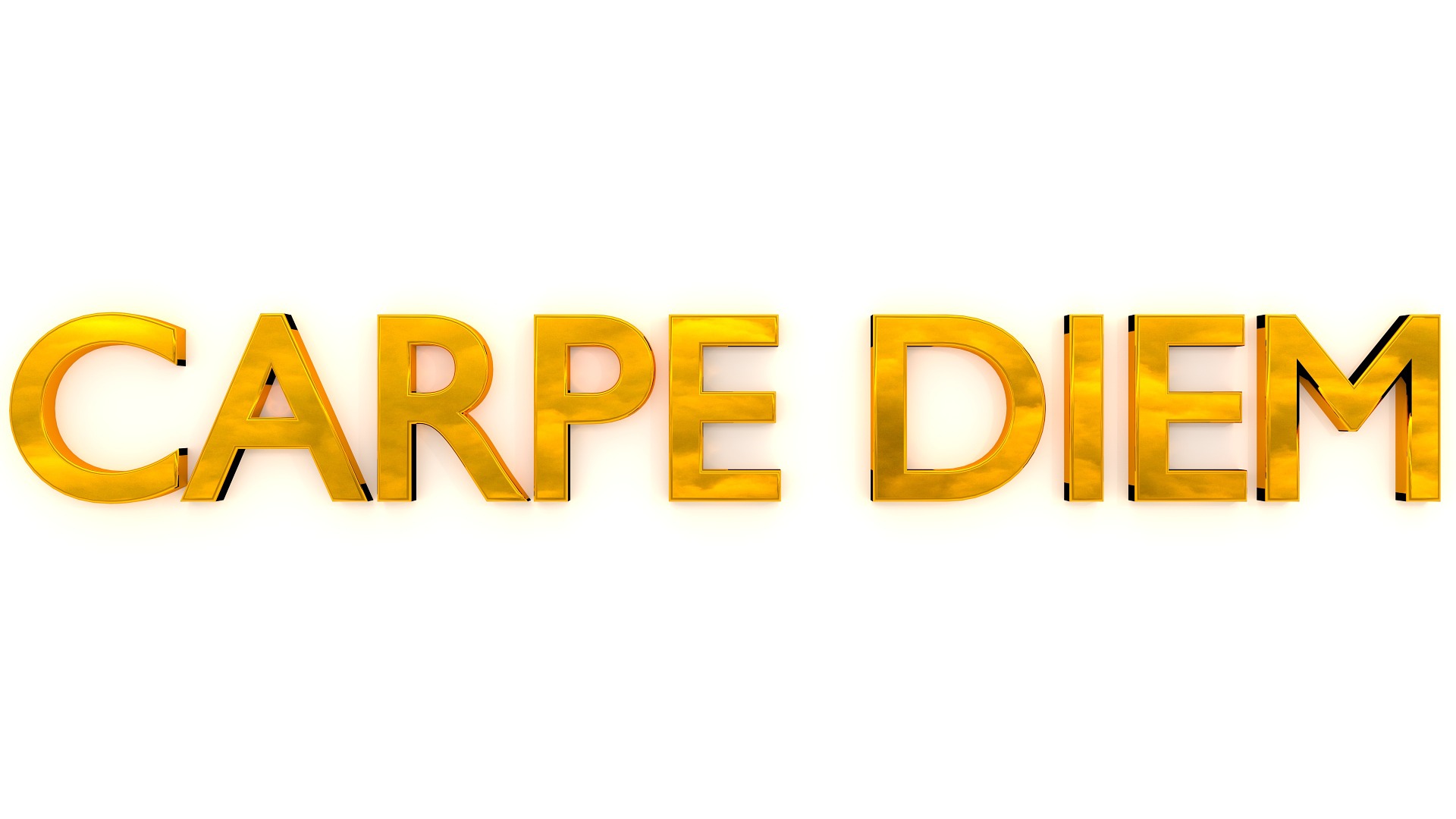Most often, reactive PR is associated with “newsjacking,” where a brand may seize on a trending news story through social posts or expert commentary in the media. Then there are the real-time marketing coups, like when Tide and Oreo took advantage of the 2013 Super Bowl blackout with witty ads; or Snickers sent its product to the Top Gear host who had been suspended for having a meltdown on set.
Whatever you call it, reactive PR response can we a winning tactical play. When brands happen to get a mention in pop culture in a tangential, incidental, or even neutral manner, a creative PR pro can start a new conversation spotlighting that brand.
PR wins from brand commandeering
Arby’s hits back with humor
Jon Stewart made a recurring comedic bit of referring to Arby’s in the most pejorative way, with mocking comments like “Arby’s: Because your hunger is stronger than your memory.” The chain responded to The Daily Show‘s criticisms with good nature and humor, much to its advantage. When Stewart retired as host, Arby’s even tweeted him a job application and made a hilarious farewell viral video. Instead of responding with silence, defensiveness, or counterattacks, the brand chose to live up to its good-natured persona through humor. In doing so, it created a positive association with a cultural touchstone and his large, loyal audience. And it did so in a dignified manner, taking home a reactive PR win.
Tide cleans up a crisis
Sometimes, a cultural phenomenon can be the source of incidental, undeserved negative brand attention. While not a direct attack on Tide’s products, the viral video trend of teenagers filming themselves eating Tide Pods in 2017-2018 led to many emergency room reports – and the risk of injury or worse. P&G responded by sharing a serious and subtly humorous video PSA with Rob Gronkowski, a popular athlete with appeal to teenagers. It also launched a social media campaign with humorous memes and messages about the dangers of the behavior. Not only is this episode considered textbook crisis management, but it also boosted Tide’s brand exposure. It followed the PSA with one of the most celebrated Super Bowl ads less than three weeks later. The brand took advantage by turning unwanted media attention into both a successful PR response and a marketing win.
Chevrolet goes from 0 to 62 million in 24 hours

As an official sponsor of Major League Baseball in 2014, it was up to Chevrolet to present the World Series MVP with a new Chevy Colorado in front of a national TV audience. But Chevy’s representative Rikk Wilde had stage fright and fumbled his speech, leading to his stuttering quip: “It combines class winning, um, leading… ‘ya know, technology and stuff.” Immediately, viewers made #TechnologyandStuff and #ChevyGuy trending hashtags, mocking Wilde and Chevrolet. Instead of passively absorbing the dent to its image, the PR team capitalized on the opportunity to show its down-to-earth good humor.
Chevy joined the #TechnologyandStuff party, leading to over 62 million impressions, a viral video, and newfound celebrity for the #ChevyGuy. Chevrolet even incorporated ChevyGuy into its future marketing campaigns. Like Arby’s, Chevy responded in a way that was authentic to its brand voice and aligned with its customer values, skillfully creating a positive windfall out of a potential PR setback.
McDonald’s wrong-time marketing?
Like newsjacking, brand commandeering must be executed only in appropriate situations, with appropriate timing, and with consideration of the big picture. In May of 2013, three Cleveland women who had been held captive by a violent predator were rescued with the help of Charles Ramsey, who was living next door. In TV news interviews of the rescue, Ramsey mentioned he’d been eating a Big Mac when he heard the victims’ shouts for help. Taking a chance by newsjacking the mention of its brand, McDonald’s tweeted, “Way to go Charles Ramsey. We’ll be in touch.”
Most observers accepted the tweet from McDonald’s as a nice part of the story, given the enormous media interest in the case and Ramsey’s feel-good role in helping free the women. Yet the brand may have jumped on the news too soon, as it soon came out that Ramsey’s past included charges of domestic violence, burglary, drug abuse, and jail time. The brand made good on its pledge to give Ramsey free Big Macs for a year and donated $10,000 to the National Center for Missing and Exploited Children as a good-will gesture, but it turned out the rescue wasn’t such a golden PR opportunity after all.
PR makes a real-time social statement
Last week, Sanofi, the maker of Ambien, seized on Roseanne Barr’s name-drop of its product in her controversial Twitter apology for her racist tweet. The Sanofi PR team used subtle wit and plain language to start its own conversation about the social issue in question. More humor would have been reductive, and a more personal attack on Barr would have probably been excessive. Instead the company took just enough of a stand to be relevant, but not alienate stakeholders.
Reactive PR is no longer solely the purview of crisis management. In certain scenarios, opportunistic PR/marketing actions can provide value-added publicity for your brand. While forethought and proactivity are still everything to best public relations practice, reactive PR should be taken seriously as a powerful tool in generating value out of a seemingly minor mention of your brand. A creative PR pro who has a firm command of your genuine brand voice can make something out of nothing when the next unhinged celebrity or unlikely hero name-drops your product and forces your brand into the limelight.

